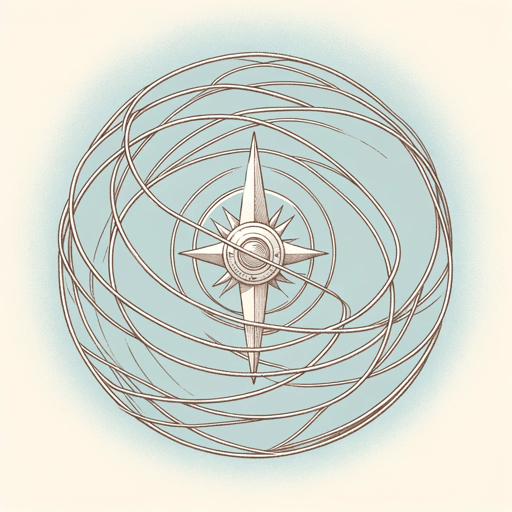51 pages • 1 hour read
Cecelia AhernFlawed
Fiction | Novel | YA | Published in 2016A modern alternative to SparkNotes and CliffsNotes, SuperSummary offers high-quality Study Guides with detailed chapter summaries and analysis of major themes, characters, and more.
Background
Literary Context: Young Adult Dystopian Fiction
Dystopian fiction is a branch of science fiction characterized by its depiction of a declining or post-cataclysmic society. Societal downfall is often the result of a social, ecological, or technological disaster, leading to mass poverty, oppression, and violence. As a counterpart to utopia, dystopia tends to portray communities that only appear ideal on the surface. The underlying tension in these narratives provides commentary on social, political, and/or environmental concerns in the real world. In short, dystopian fiction critiques contemporary issues by presenting an exaggerated vision of the future, sometimes acting as a call to action. Aldous Huxley’s Brave New World (1932), George Orwell’s 1984 (1949), Margaret Atwood’s The Handmaid’s Tale (1985), and Cormac McCarthy’s The Road (2006) are some of the most well-known examples of dystopian fiction.
Dystopian novels geared toward teenagers and young adults have also gained popularity in the late 20th century and early 21st century, with works like Madeleine L’Engle’s A Wrinkle in Time (1962) and Lois Lowry’s The Giver (1993) paving the way. The genre’s rise in popularity is exemplified in contemporary literature by Suzanne Collins’s Hunger Games series (2008-2010), which made the 








